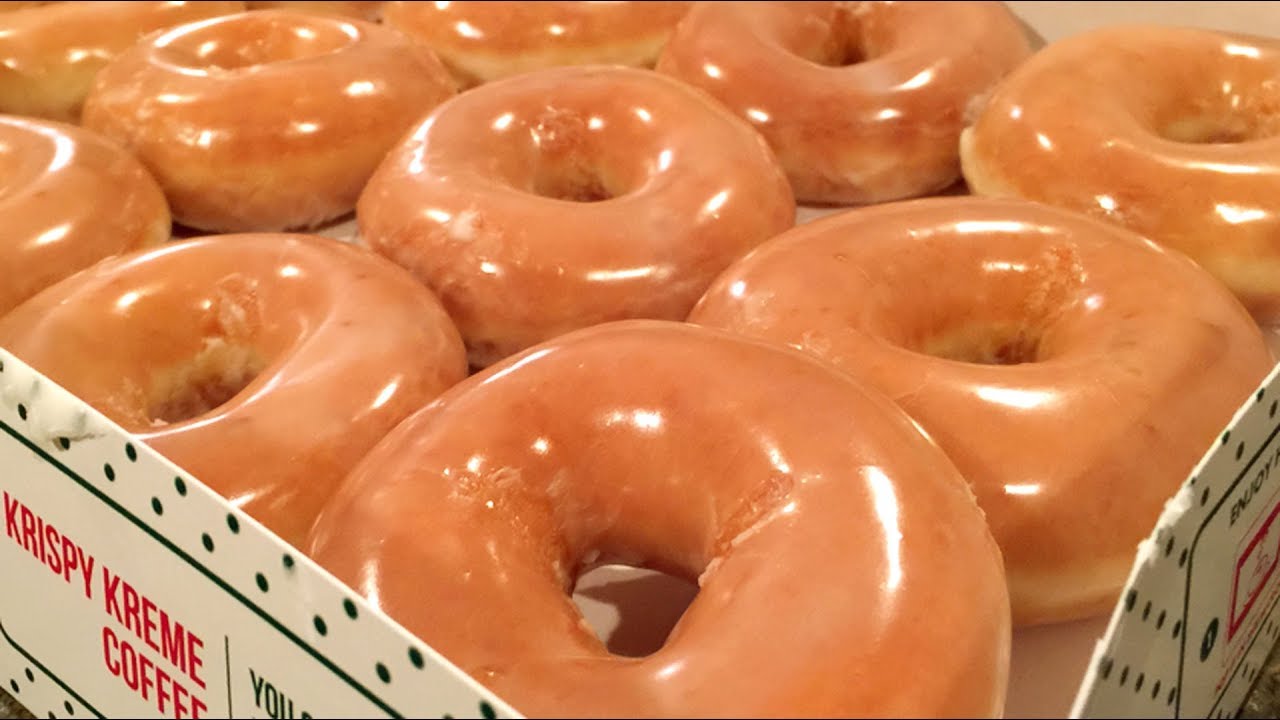They grew up with the smell of donuts spreading on the road and cheering the noses: Krispy Kreme
The story began 79 years ago when founder Vernon Rudolph purchased a special yeast doughnut recipe from a New Orleans chef and started production as the Krispy Kreme brand in Winston-Salem, NC.

Rudolph's passion for product freshness, quality and customer satisfaction contributed to the appreciation of the brand in a short time and the growth of the company with new stores.
Today, it produces more than 10 million donuts daily with over 1400 stores in 32 countries in America, Europe, Latin America, the Middle East and Asia.
HISTORY
Krispy Kreme founder Vernon Rudolph got his start in Paducah Kentucky in 1933 by buying a donut shop from a French chef. Rudolph had bought not only the store but also the still top secret yeast doughnut recipe.
After a few disappointments, Rudolph and 2 of his employees set out to rent a building in Winston-Salem and equip it with supplies they borrowed from the grocery store with their last $25 left. For a while, they served homes with a 1936 Pontiac. Before long, people started coming to the production building and asking if they could buy hot and freshly made donuts. The demand was so great that Rudolph and his friends decided to punch a hole in the wall of the building and sell. This innovation marked the beginning of Krispy Kreme's tradition of selling through the window, and on July 13, 1937, in-store sales were launched.
Krispy Kreme was founded by Vernon Rudolph (1915–1973), who bought a yeast-raised recipe from a New Orleans chef, rented a building in 1937 in what is now historic Old Salem in Winston-Salem, North Carolina, and began selling to local grocery stores. Vernon Carver Rudolph (June 30, 1915 – August 16, 1973) was an American businessman who founded Krispy Kreme Doughnuts, Inc.
The secret to success
The company was founded by Vernon Rudolph in 1937 in Salem, USA. In the first years, he used to give the donuts he produced to local markets and grocery stores. As such, Rudolph was content to go. Because their sales were good, their customers seemed satisfied.
However, there was an unexpected development afterward. Krispy Kreme's manufacturing facility was set up by the roadside. Passers-by could not stand the smells and insistently made retail demands. Unable to resist and seeing the future, the boss dug a hole in the wall on the road-facing side of the facility and started a retail business.
Actually, Krispy Kreme got into the retail business by accident. But Vernon Rudolp, who didn't want to distract himself, didn't want to rush. He was afraid of opening many stores at once and reducing the quality. It aimed to achieve the same quality in every store.
Choosing a stable growth strategy, Vernon Rudolph had 50 stores when he died in 1973, most of which were located in the southwestern United States. However, 3 years after this death, the company named Beatrice Foods bought the shares of the company. Immediately after, the period of rapid growth began. The change was not limited to merchandising, but the boss had also decided to differentiate the profile of the business. In addition to donuts, the new stores also sold soups and sandwiches.
Deviating from the company's core values did not produce very good results and the company went into trouble in 1982. This painting upset its former owners and brought with it the decision to buy back. Now the company had returned to Vernon Rudolph's family. The old boss quickly set about rebuilding the company, restoring it to its old values. Some pointless and damaging shops were closed.
Meanwhile, new marketing concepts were developed. One of them was the concept called “Donut Theater”. Thus, stores called “factory stores” were created. The customer would eat donuts on the one hand and watch the donut production on the other.
Following this strategy, Krispy Kreme also attracted the attention of management gurus in the following years, and success stories were written.
